The Postojna Cave – Suliman Emre
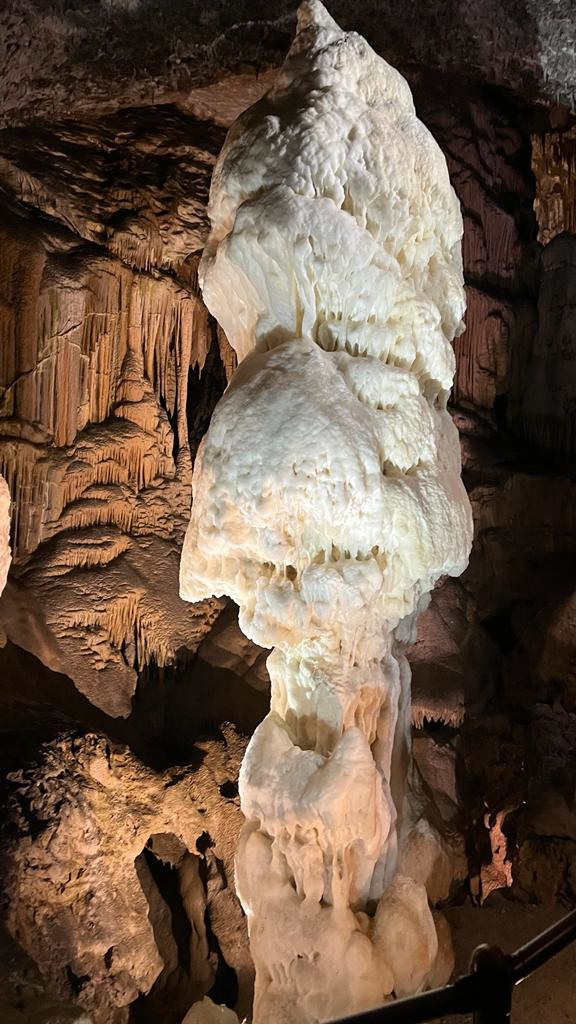
The Postojna Cave, with over 24 kilometres of galleries, is one of the longest and most diverse karst cave systems in the world, located in the southwestern part of Slovenia. During a visit to this place, one has the opportunity to admire mesmerizing stalactites and stalagmites, symbols of the country’s karst region, as well as having the possibility to admire the olm (also named the proteus), an aquatic salamander that dwells exclusively in caves found in the Dinaric Alps. The unpigmented “human fish”, as the olm is also known as, is adapted to its underground habitat, having undeveloped eyes, compensated by a very good sense of hearing and smell. Tourists are able to observe the creature near the end of their visit, though they are not allowed to take photographs.
The almost two-hour guided tour of the Postojna Cave consists of passing through 5 kilometres of passages and galleries, including 3.5 kilometres aboard a unique cave train. The remaining 1.5 kilometres are done by foot, consisting of a number of halls, among them being the Spaghetti Hall, with thin and delicate stalactites that are attached to the top part, the White Hall, called that way due to the presence of white limestone, being the chamber that hosts the 5 metre tall “Brilliant” stalagmite, a symbol of the whole of Slovenia. The Concert Hall mustn’t be forgotten, as it is known for its extraordinary acoustics, hosting symphony orchestras and numerous vocalists.
The cave has been developed so as to attract more tourists, through different additions to the natural environment of the underground formation, such as the cave train, that shortens the distance tourists have to walk, the adequate lighting, that spotlights the most unique formations, with a minimal disturbance of the environment. Lastly, the gift shop, situated at the end of the cave tour, capitalizes on the demand for souvenirs, offering magnets or plushies of the proteus.
The Postojna Cave represents a mix of an extraordinary environment, the capitalization on the tourist potential, and the possibility of admiring its main attraction, the strange olm, in a protected habitat.
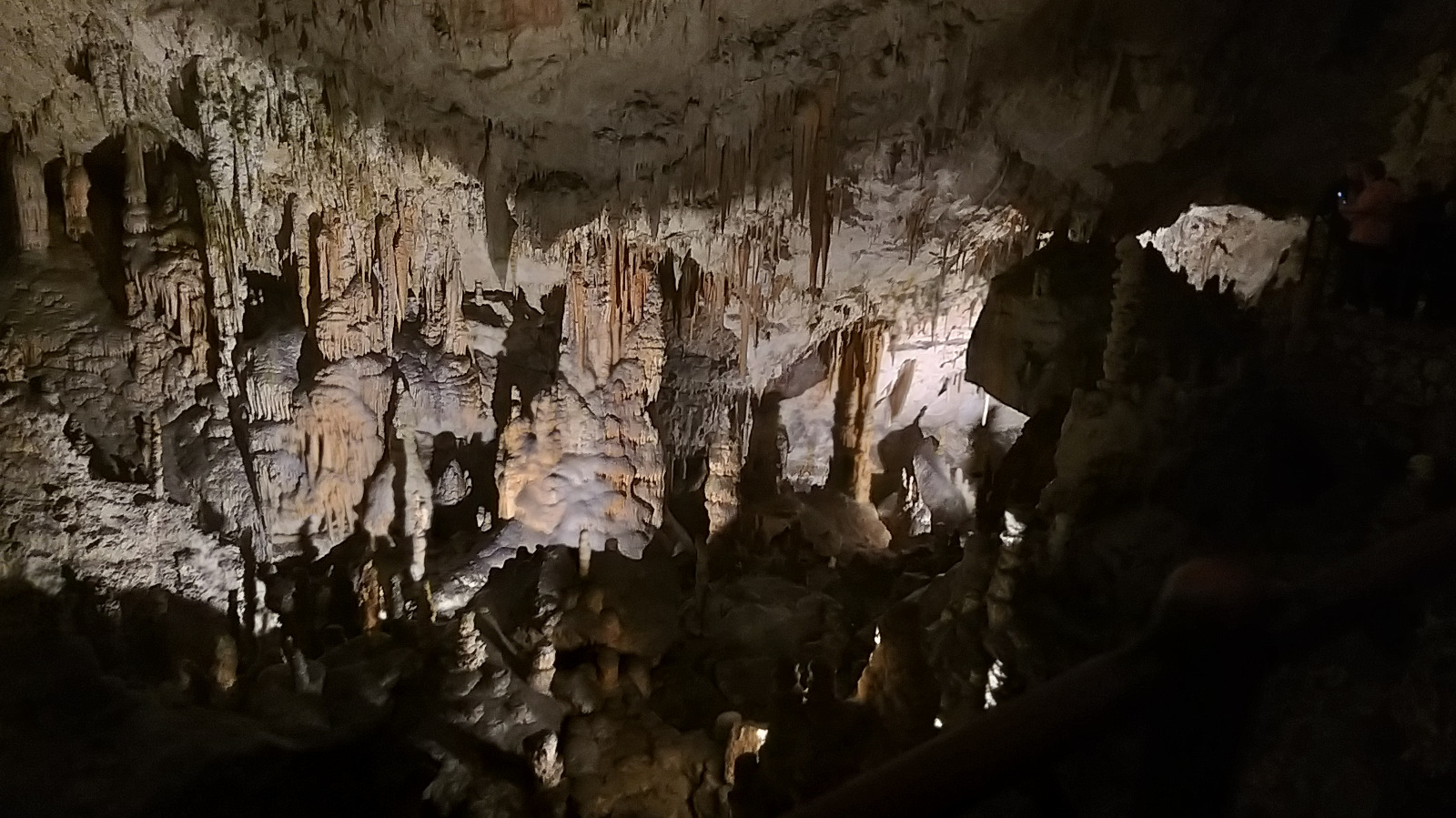 |
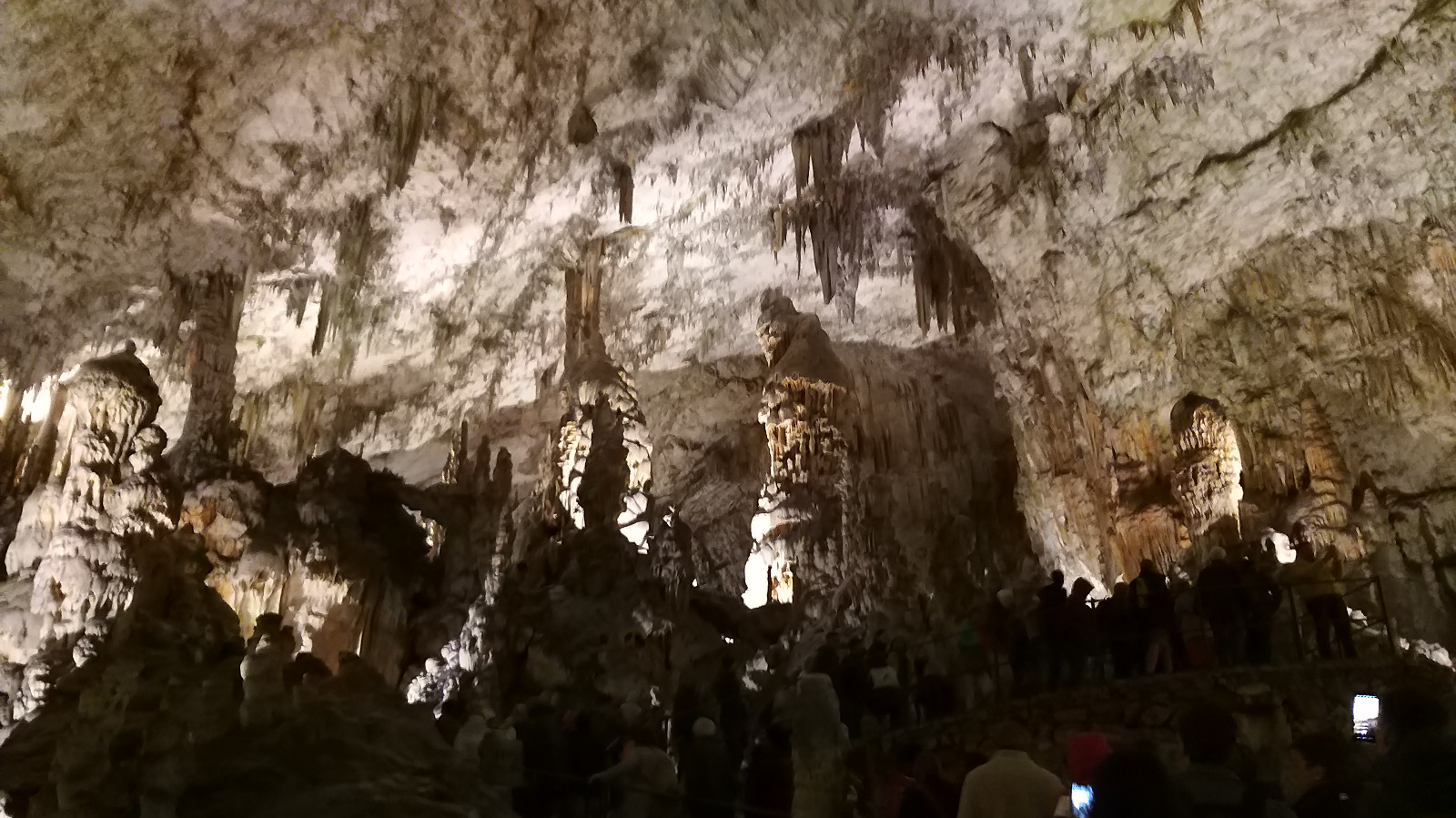 |
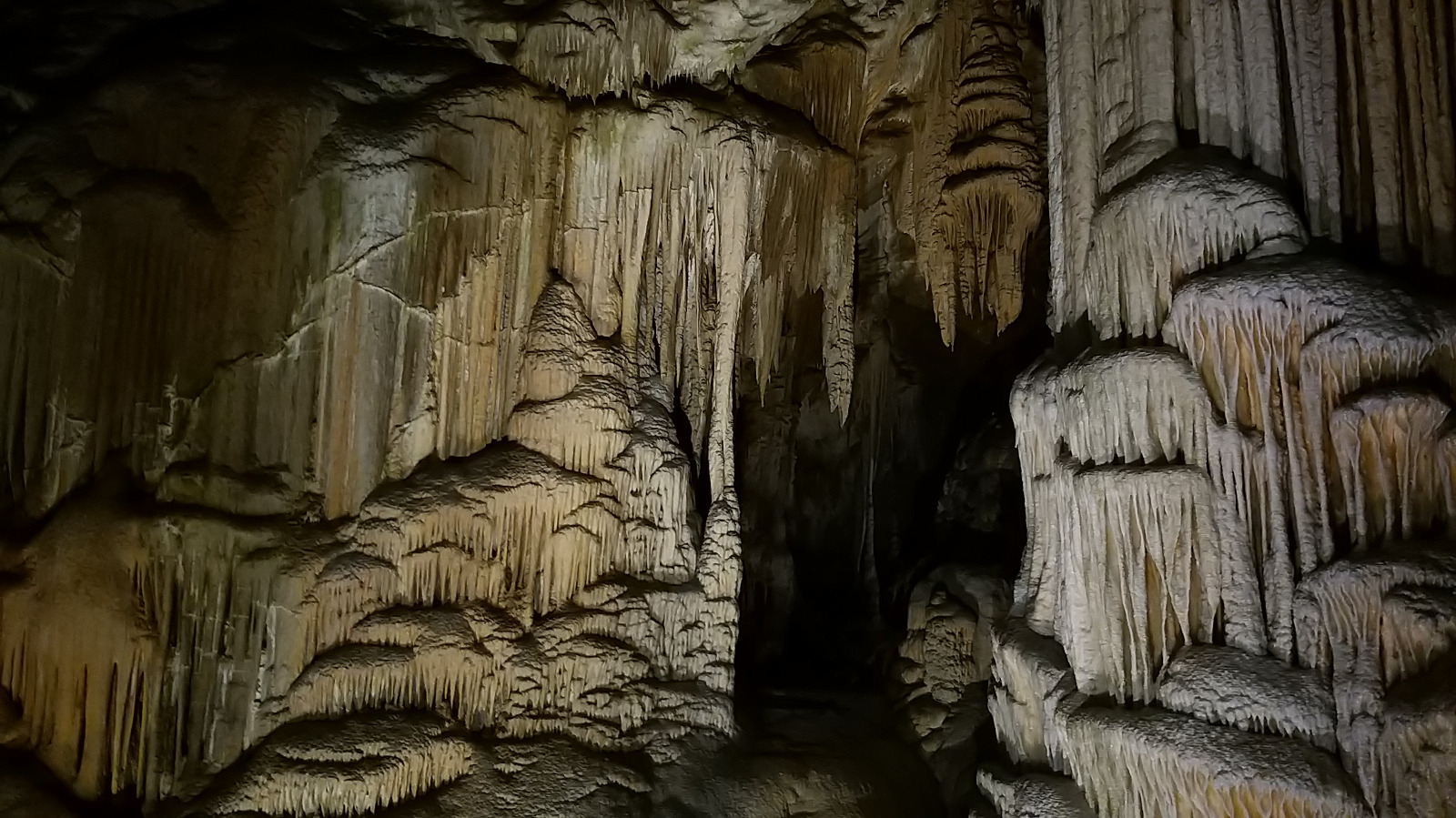 |
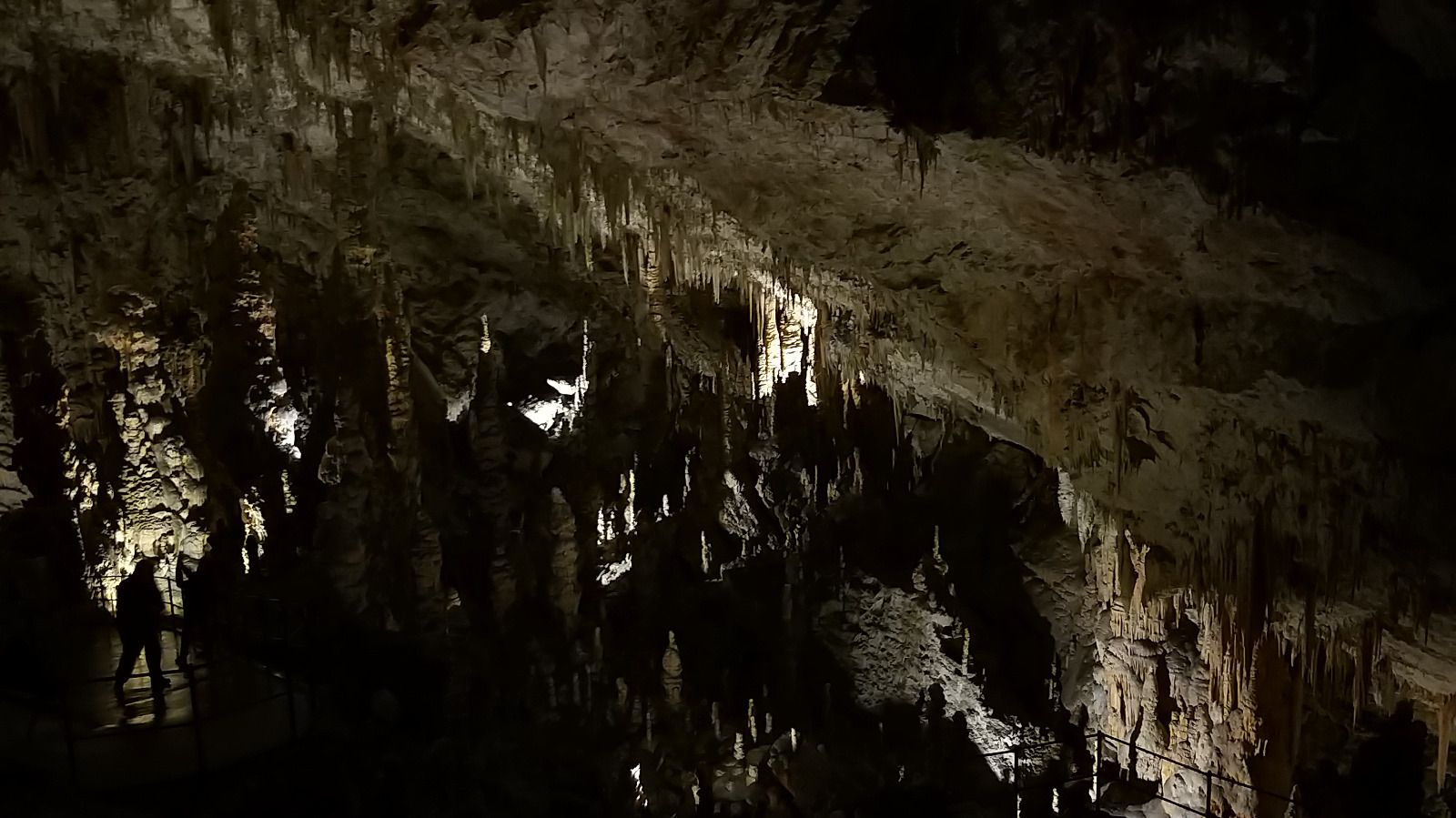 |